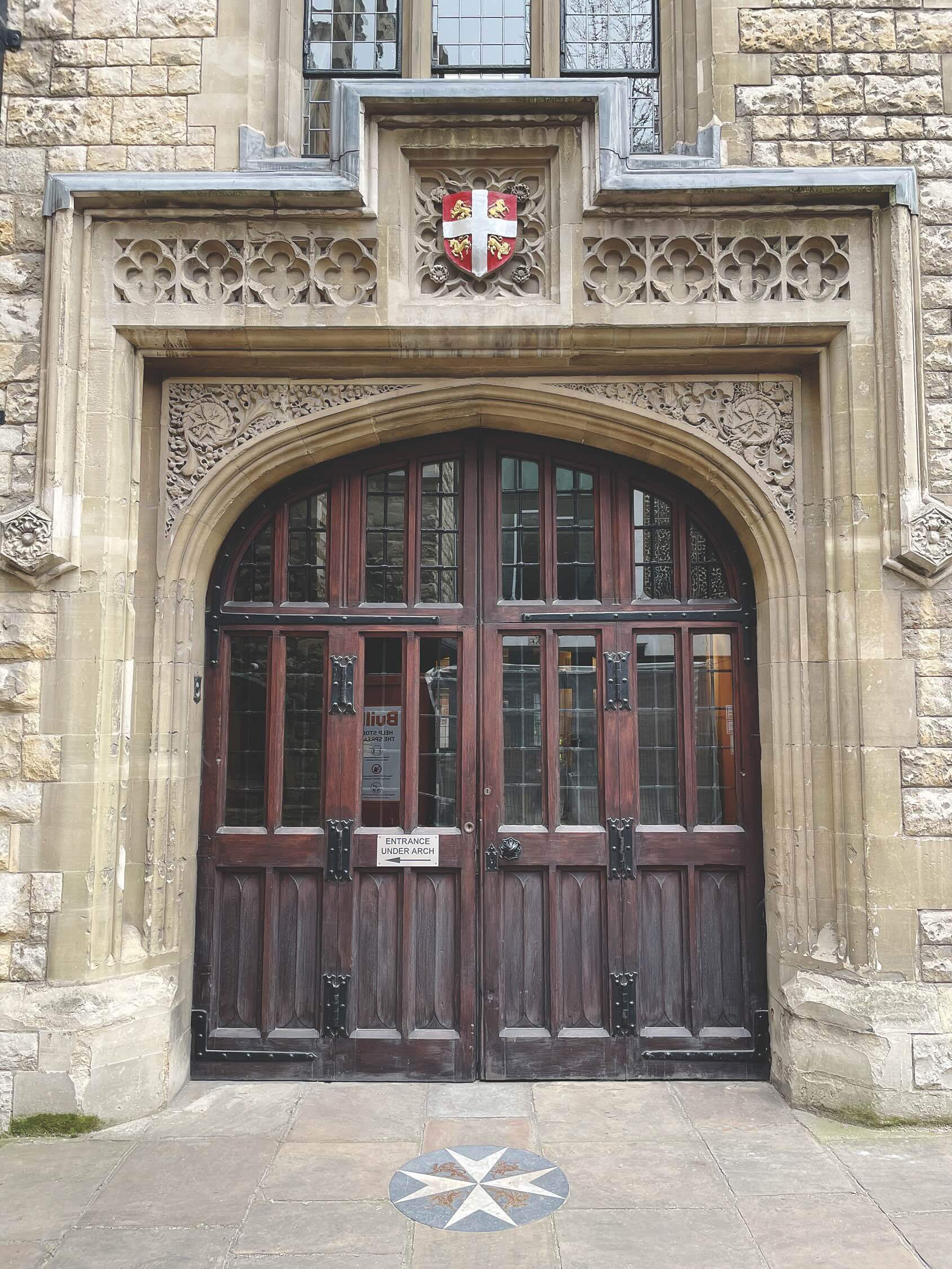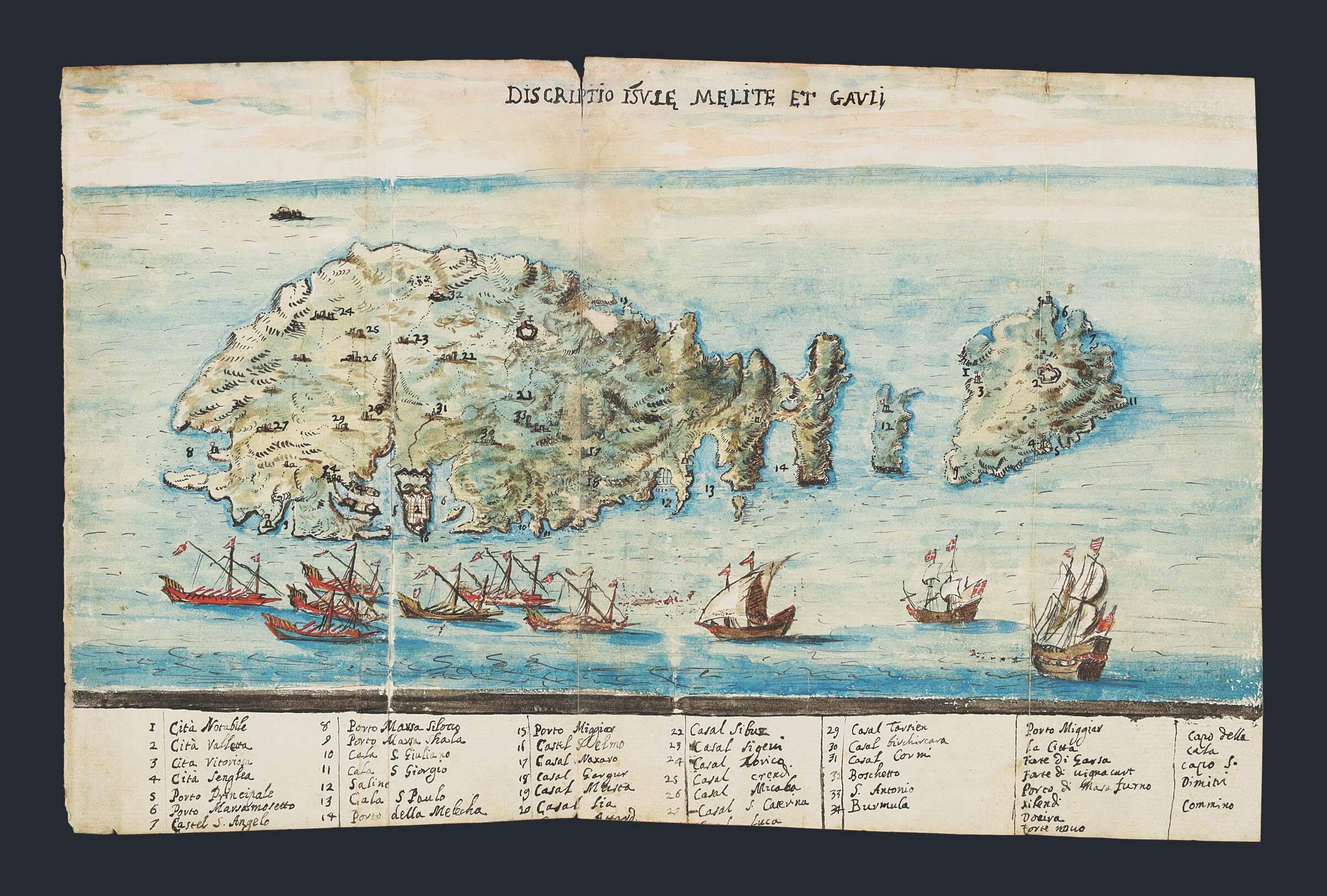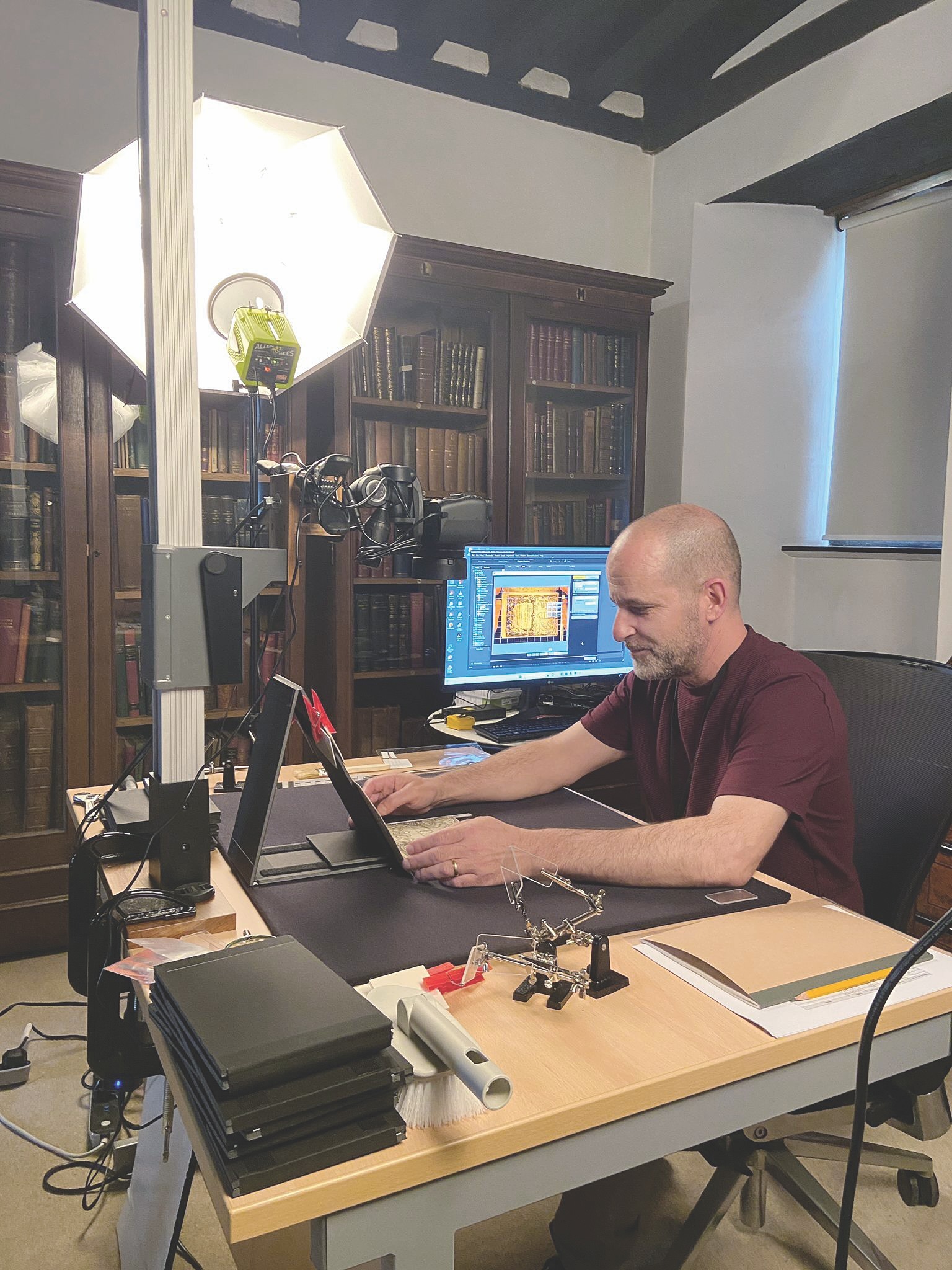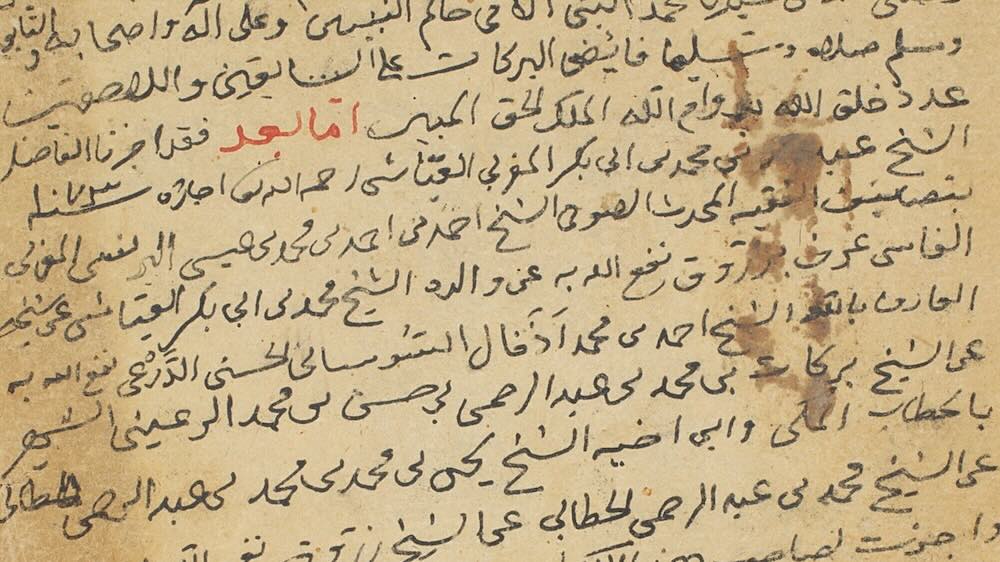Where We’re Working: London
Where We’re Working: London
Nestled in the streets of London, just northwest of St. Paul’s Cathedral, resides a fortified gatehouse known as St. John’s Gate, whose hidden and crenelated façade reminds the astute observer of London’s medieval past. The gatehouse is a remnant of the Priory of Clerkenwell, a large religious community founded in the 1140s to serve as a headquarters for the English members of the Order of St. John of Jerusalem.
The Order of St. John emerged from a group of pilgrims to Jerusalem in the late 11th century. The group took simple, religious vows and remained in the city to provide hospital care to other pilgrims. In the first decades of the 12th century, the community was established as a military-religious order in Jerusalem and quickly became a significant martial and political force during the Crusades and in the centuries that followed. At St. John’s Gate in London today, one can still sense the legacy of the Order and its twofold mission: to defend the Christian faith and to care for the sick (begetting references to the Order and some of its members as “Knights of St. John” and “Knights Hospitaller”).

The gatehouse’s survival in modern London is remarkable. In England, the Order was suppressed by Queen Elizabeth I in 1559, and the library, archives, art, and buildings of Clerkenwell were confiscated. In 1831, French Hospitaller émigrés formed a Council of the Langue of England to promote the Order’s revival in Great Britain. The revived English Order became an official Order of Chivalry of the British Crown, chartered by Queen Victoria in 1888. It remains one of the five recognized Orders of St. John whose historic roots reach back to 12th-century Jerusalem.
Central to the Order’s restoration in Great Britain was the acquisition of St. John’s Gate, its ancestral English home. There were also intensive efforts to build an archive, library, and art collection. As early as 1838, members began donating books, purchasing manuscripts, and acquiring art—reconstructing their identity from their cultural heritage. Today, the Museum of the Order of St. John curates a priceless collection, with exhibitions dedicated to the history of the Order from its medieval foundation to the present day, connecting its extraordinary past to present audiences and members of the Order.

Much of the collection was acquired from the dispersed archives and libraries of the Order that were closed in Europe during the Age of Revolution. For example, the collection in London includes materials from the priories of Pisa and Rome as well as French items primarily from the 18th century. Unique among the Italian works are an illustrated proof of nobility of Cesare Borgia da Velletri and a poem of the 1565 Great Siege of Malta, the latter written in a Sicilian dialect. Notable French materials include an illuminated ceremonial of profession for a Knight of St. John, as well as detailed commentaries about the Order’s governance and administration of its properties. Through these and other items, one can see the formation of a working collection that was acquired to help restore the Order through the documentary evidence of its history.
The Malta Study Center began working with the Museum of the Order of St. John in October 2023 to digitize and catalog collection items such as manuscripts, archival material, maps, drawings, and printed material related to the history of the Order. The collaboration was launched as a pilot project funded by the RMW Foundation. The goal, if sufficient additional funding can be secured, is to complete the project over the next three years.

The work in London is part of a broader project initiated by the Malta Study Center (“France and Malta in the Age of Revolution, 1775–1815”) that will provide access to collections formed out of the tumult of revolutionary Europe. This period—in which the Order of St. John was transformed by its participation in world events, including the American War of Independence, the French Revolution, and the 1815 Concert of Europe at the Congress of Vienna—has yet to receive a comprehensive study utilizing a full array of sources, largely due to a lack of access to the materials. HMML Reading Room will provide that access.
A version of this story originally appeared in the Summer 2024 issue of HMML Magazine.




